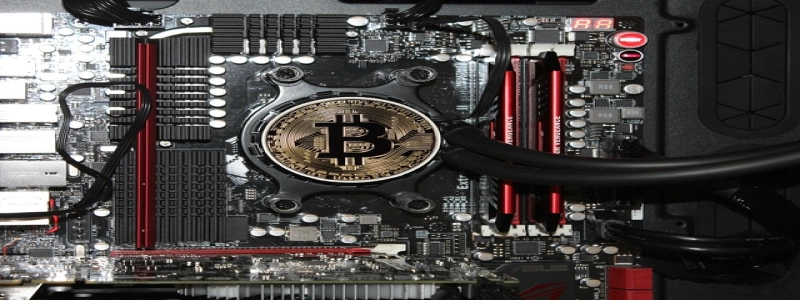SFP Port Means: Exploring the Functions and Benefits
Introduction:
In today’s rapidly evolving technological landscape, the need for high-speed and reliable data transfer is paramount. As a result, various advancements have been made in networking equipment to meet these demands. One key component that plays a significant role in data transmission is the Small Form-Factor Pluggable (SFP) port. In this article, we will delve into the meaning of an SFP port, its functions, and the benefits it offers in modern networking.
I. Defining the SFP port:
The SFP port, also known as Mini-GBIC (Gigabit Interface Converter), is a hot-swappable transceiver commonly used in networking devices, such as switches, routers, and network interface cards. It is designed to support high-speed data transfer rates and offers versatility in terms of connection and compatibility.
II. Functions of an SFP port:
1. Flexibility in connectivity: SFP ports accommodate various types of transceiver modules, including Ethernet, Fibre Channel, and SONET/SDH. This flexibility enables network administrators to choose the most suitable transceiver based on their network infrastructure and requirements.
2. Hot-swappable capability: Unlike traditional fixed ports, SFP ports allow for hot-swapping without interrupting the network operations. This feature is especially valuable in scenarios where quick and seamless module replacement is needed, minimizing downtime and maximizing network availability.
3. Distance coverage: SFP ports support both short and long-distance connections, making them a versatile solution for different network topologies. Depending on the transceiver module used, SFP ports can transmit data over fiber optic or copper cables, covering distances ranging from a few meters to kilometers.
4. Enhanced network bandwidth: With support for high-speed data transfer rates, SFP ports facilitate faster and more efficient data transmission across the network. This is particularly important in environments that require large file transfers, multimedia streaming, or real-time data processing.
III. Benefits of using SFP ports:
1. Cost-effective scalability: SFP ports offer a cost-effective way to scale and upgrade network infrastructure. Instead of replacing entire networking equipment, network administrators can simply swap out the SFP transceiver modules, adapting to changing network demands without significant investments.
2. Versatility and compatibility: The wide range of available SFP transceiver modules ensures compatibility with various networking standards, ensuring seamless integration into existing networks or interoperability with diverse network devices.
3. Simplified network management: With hot-swappable SFP ports, network administrators can quickly troubleshoot and replace faulty modules, reducing the time and effort spent on maintenance and minimizing network disruptions. Additionally, the ability to use different transceiver modules within the same device allows for flexible configuration and optimized network performance.
4. Improved network reliability: By utilizing SFP ports, network reliability can be enhanced through redundant link configurations. In the event of a link failure, alternative pathways can be established quickly, ensuring uninterrupted data flow and minimizing single points of failure.
Conclusion:
In conclusion, the SFP port is a crucial component in modern networking, offering flexibility, scalability, and enhanced performance. Its ability to support various transceiver modules, hot-swappable capability, and compatibility with existing infrastructure make it an excellent choice for network administrators looking to optimize their systems. With its many functions and benefits, the SFP port is set to continue playing a vital role in the ever-evolving world of data transmission.








